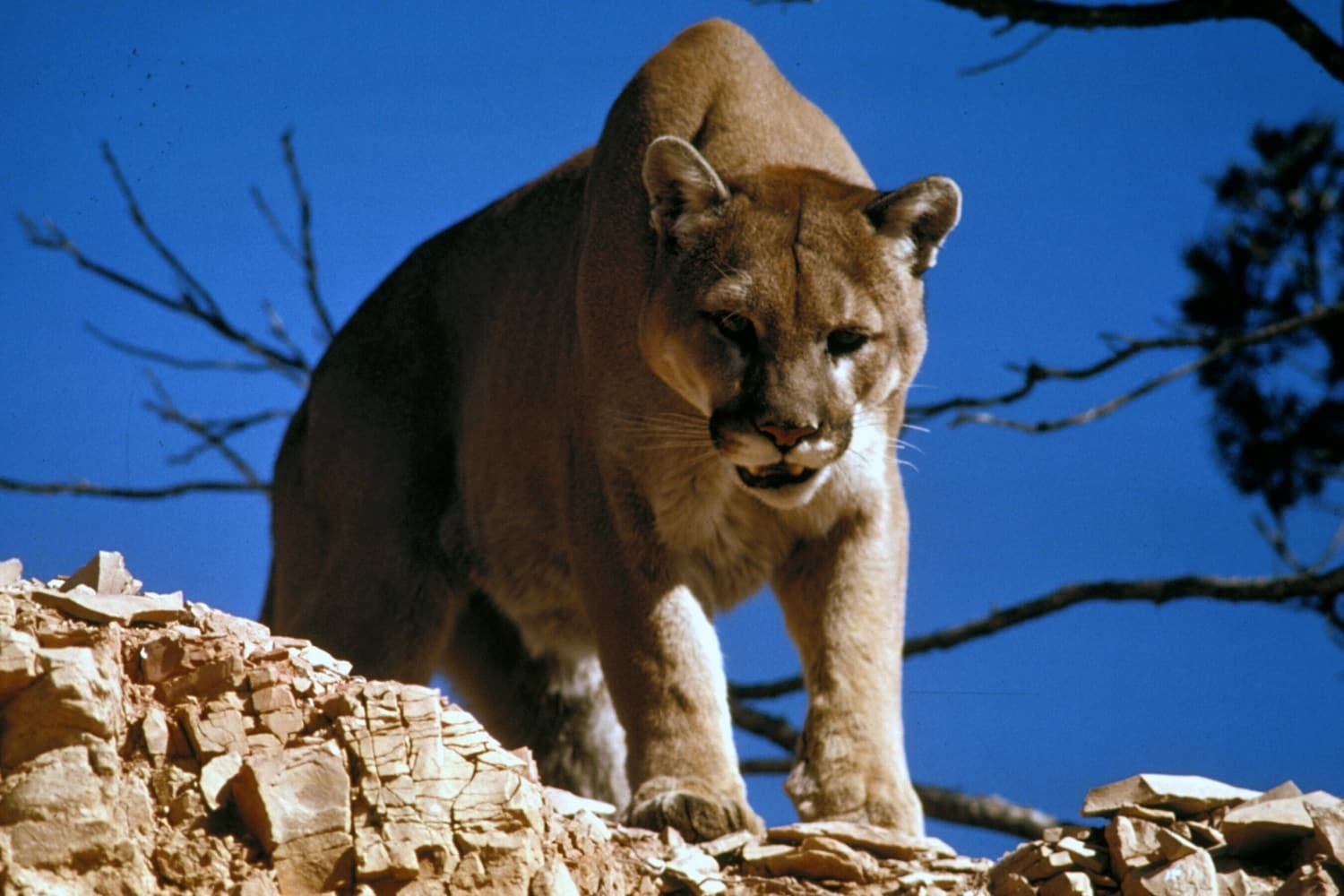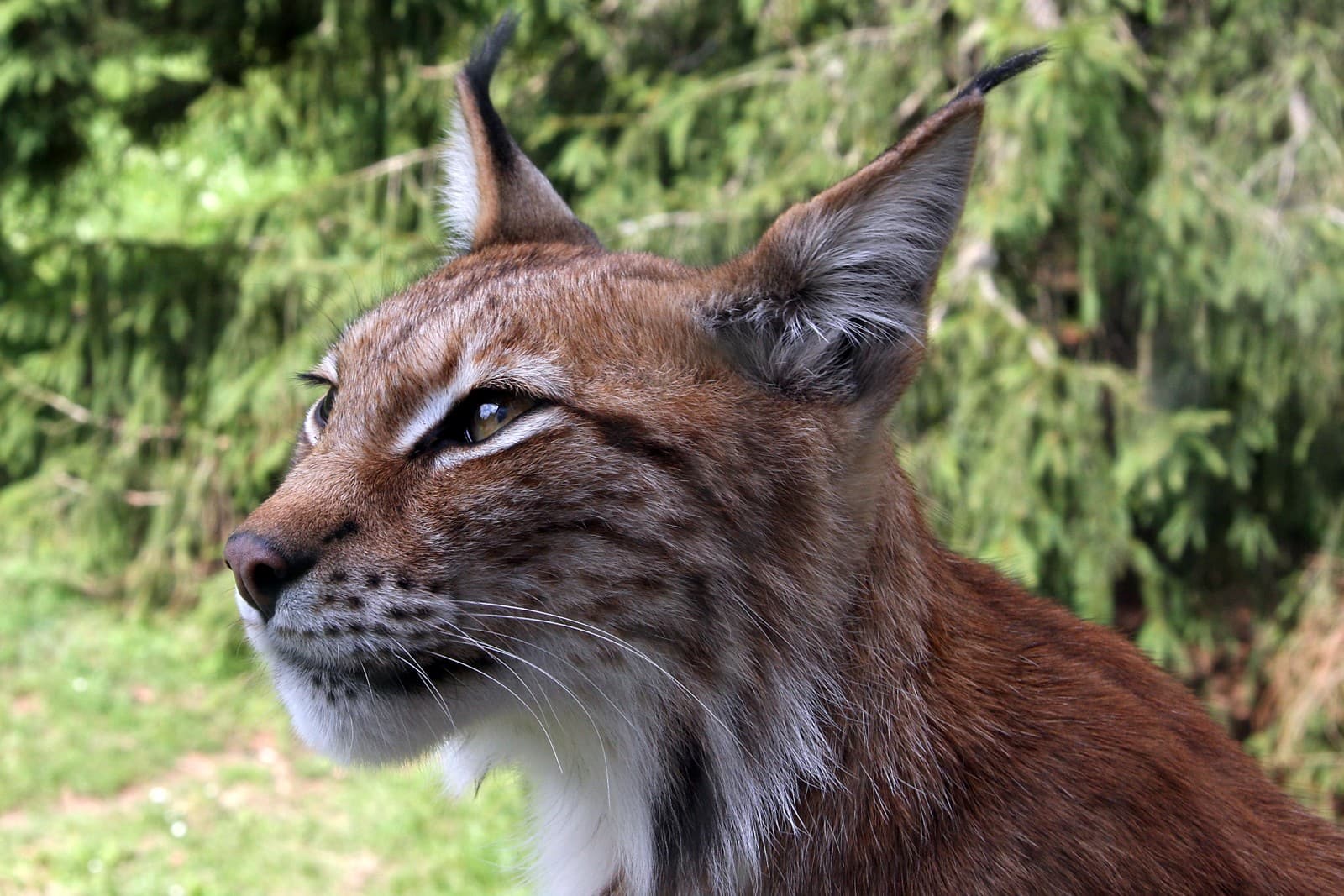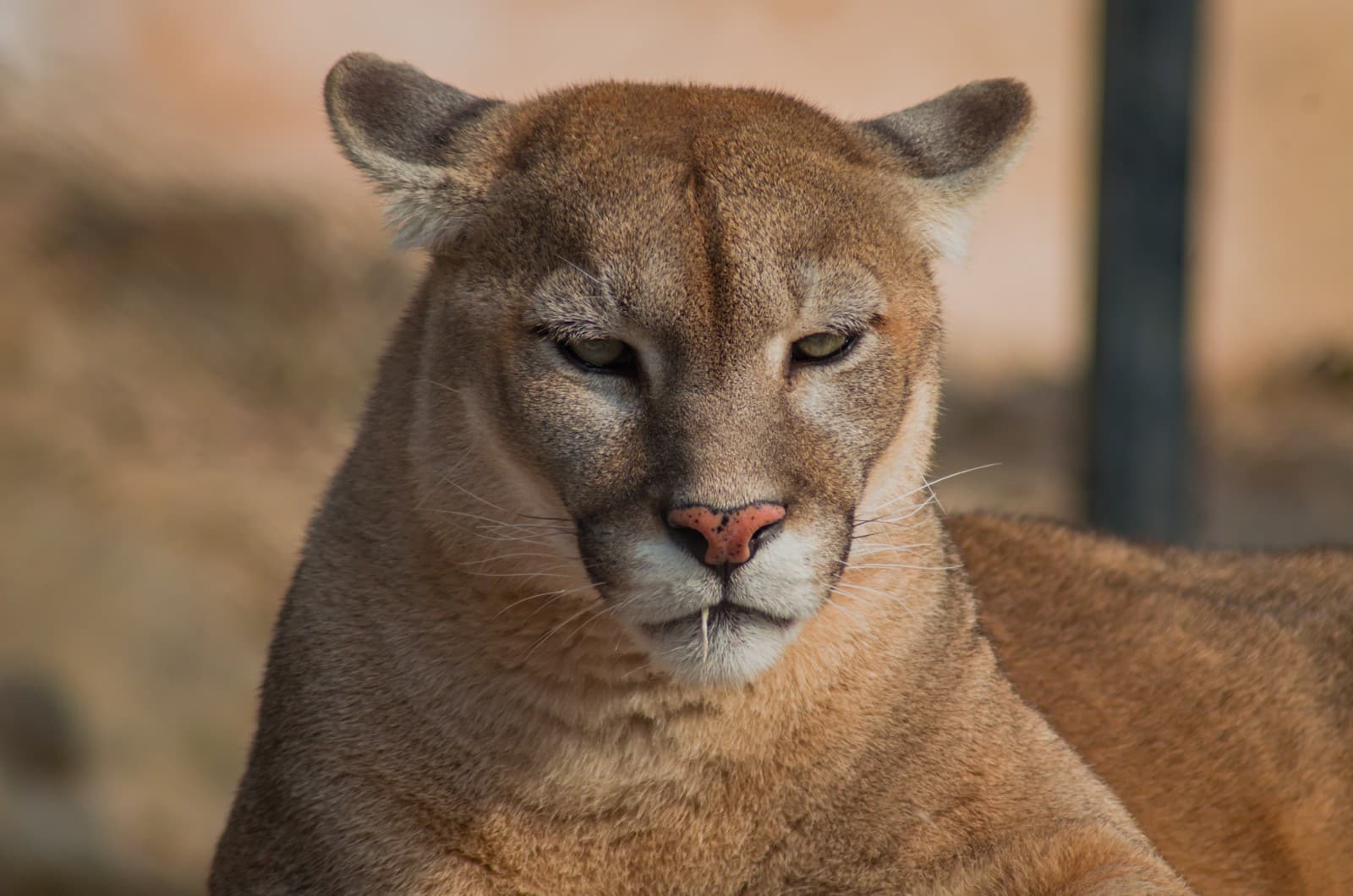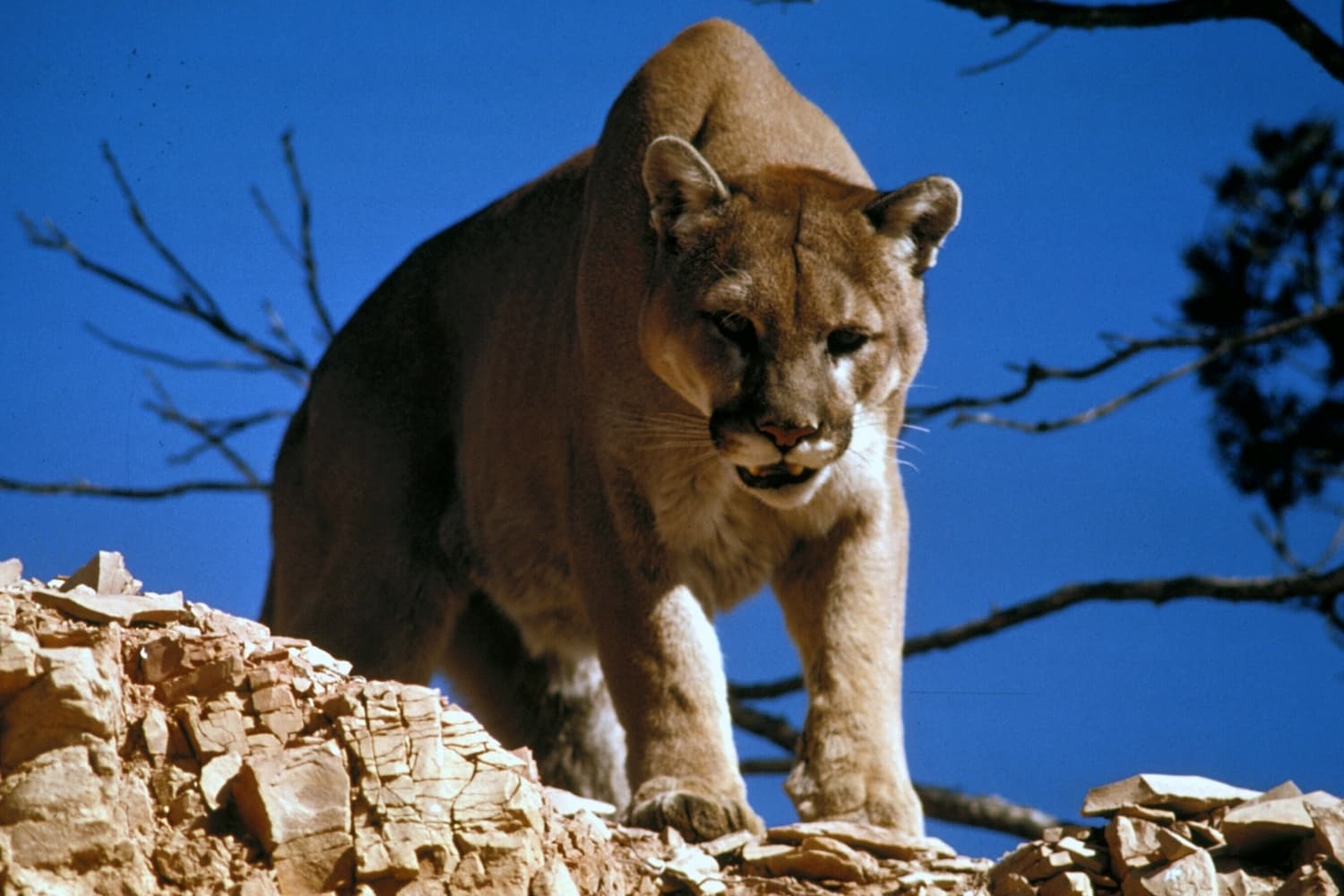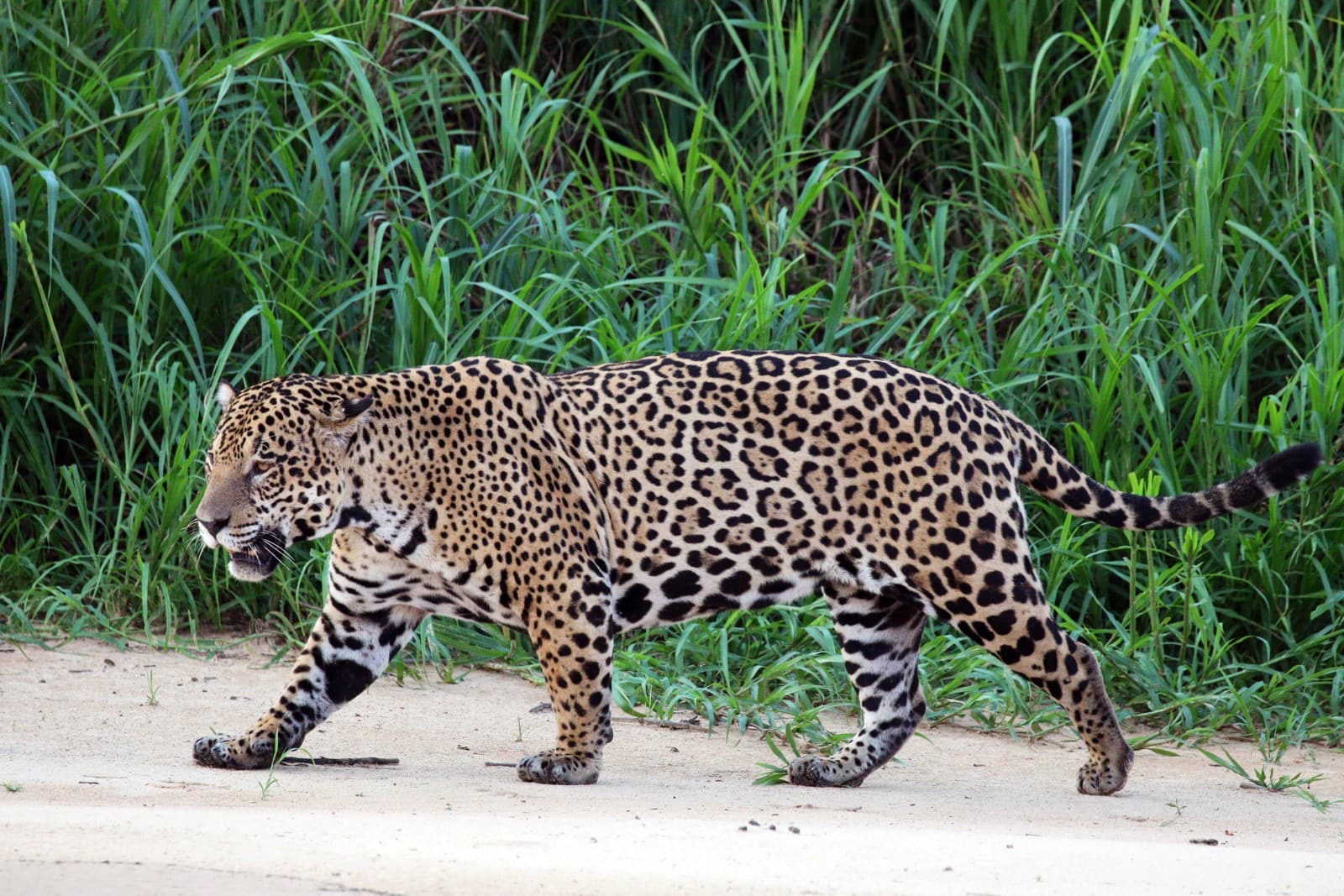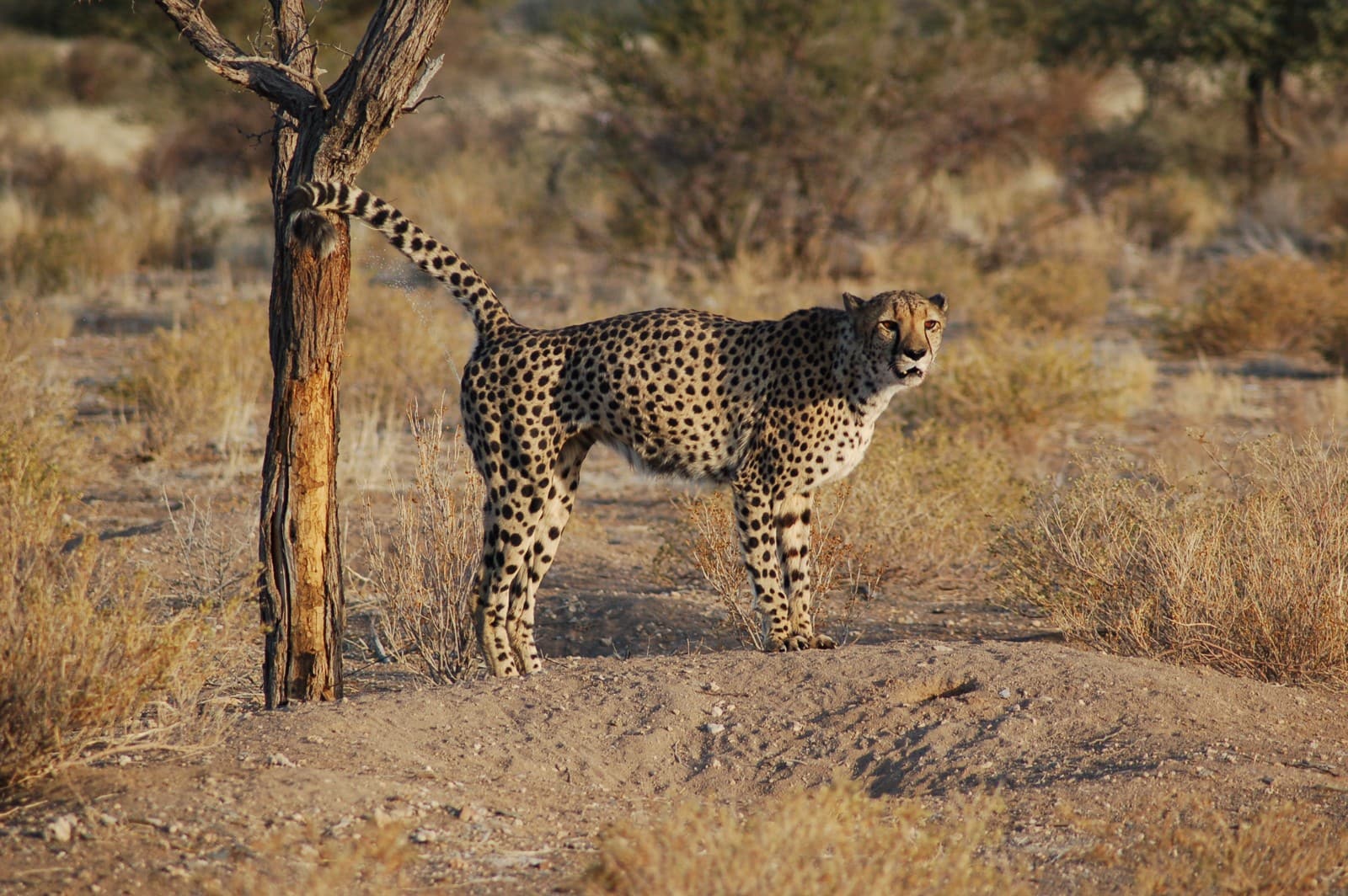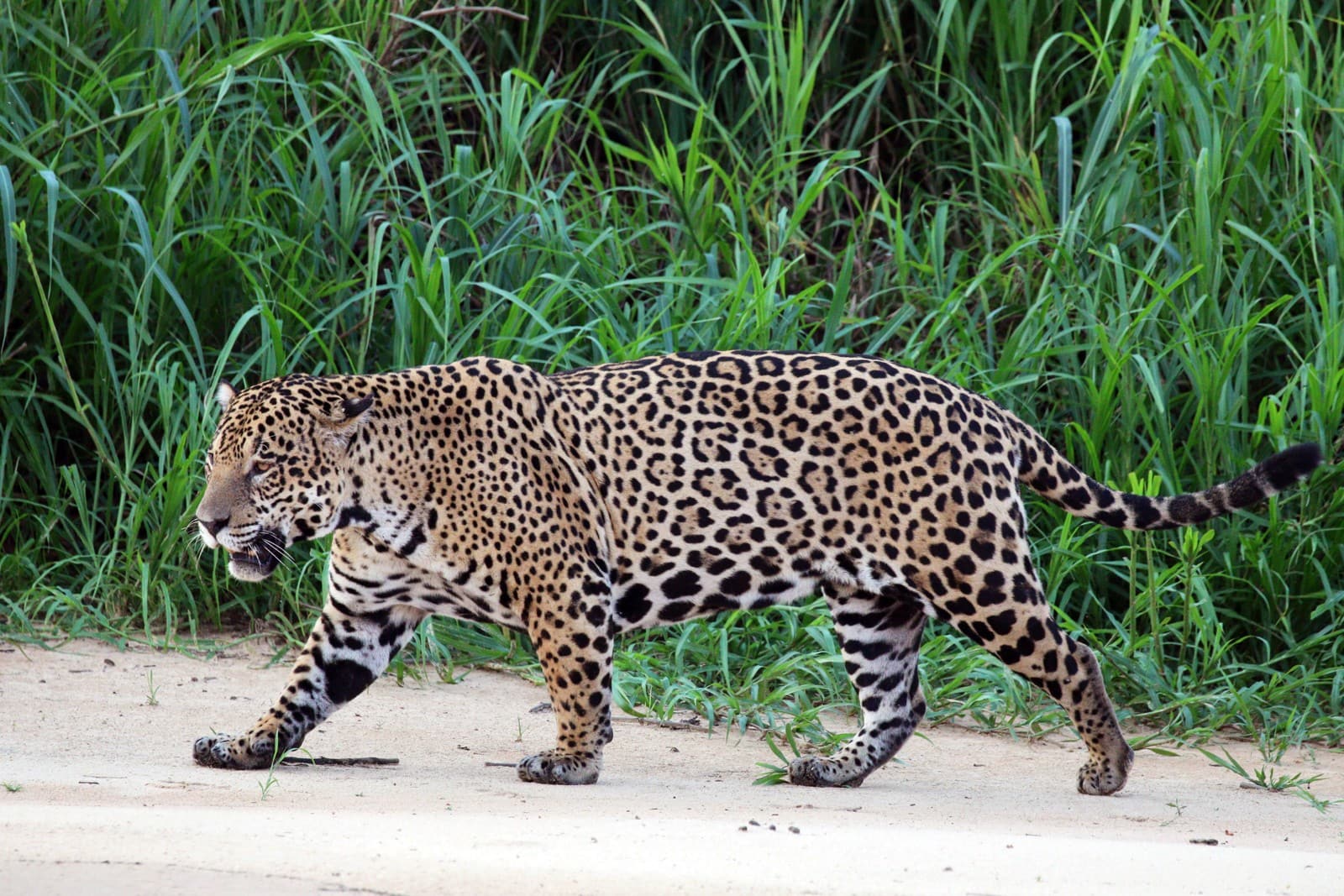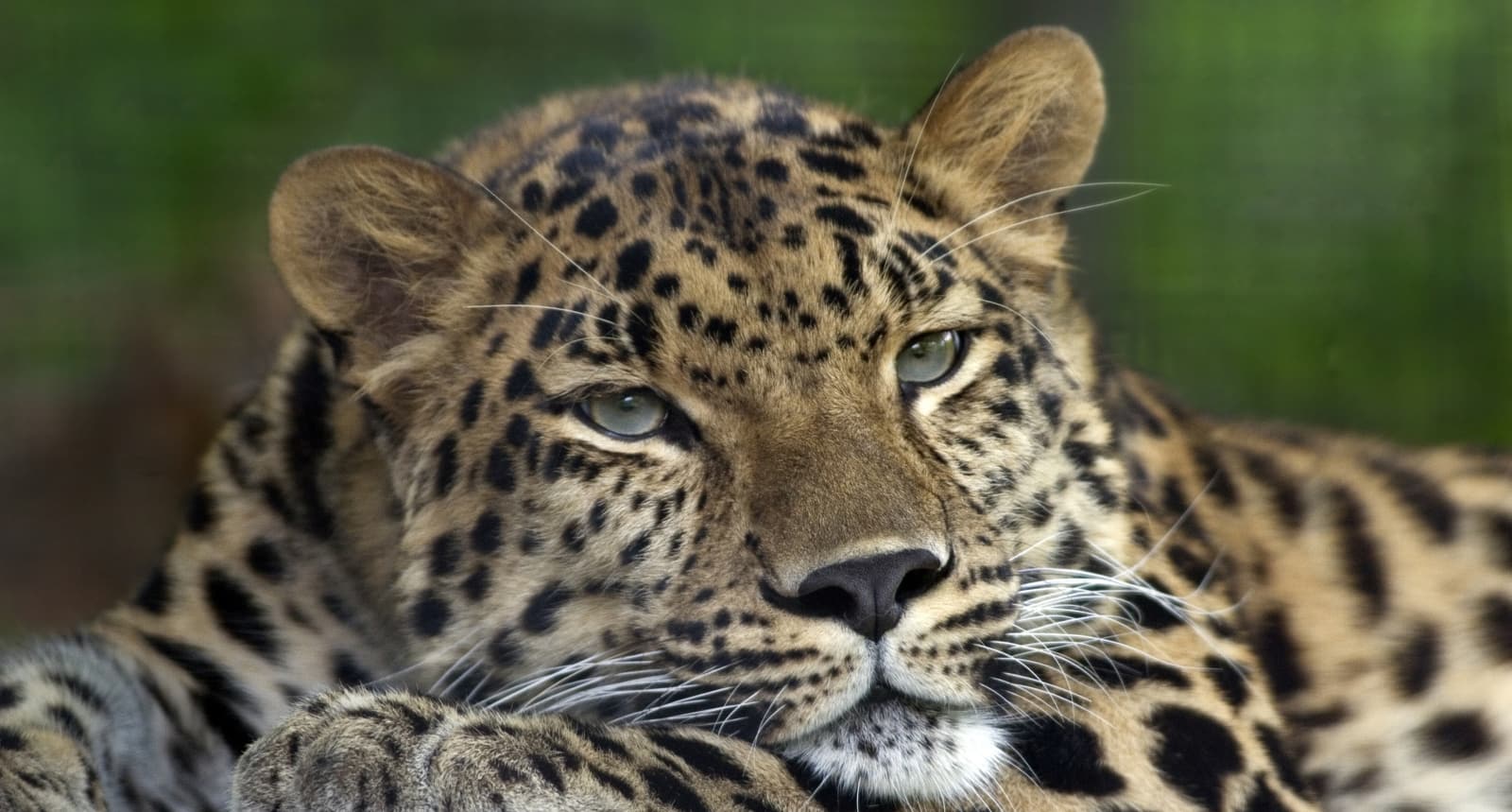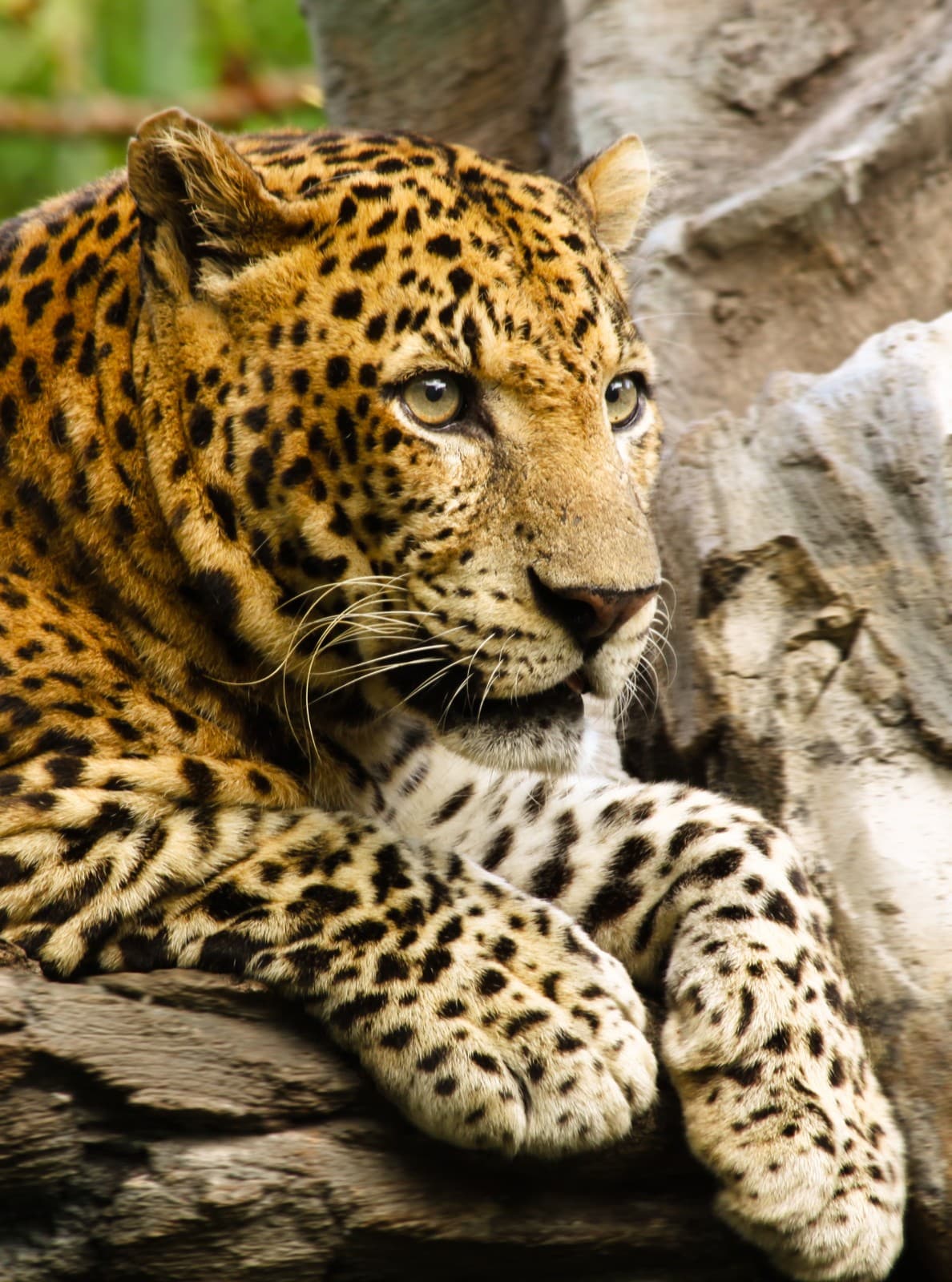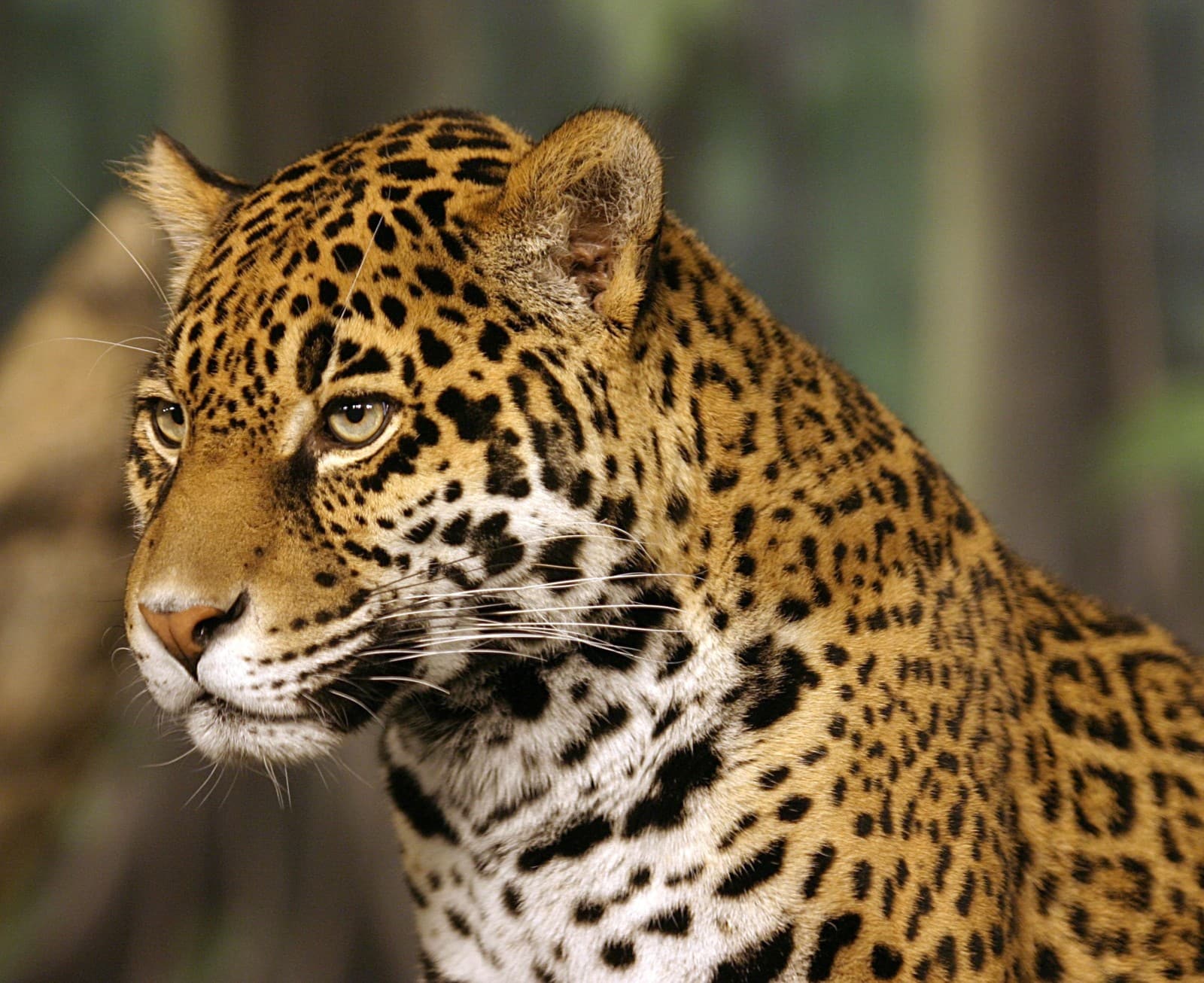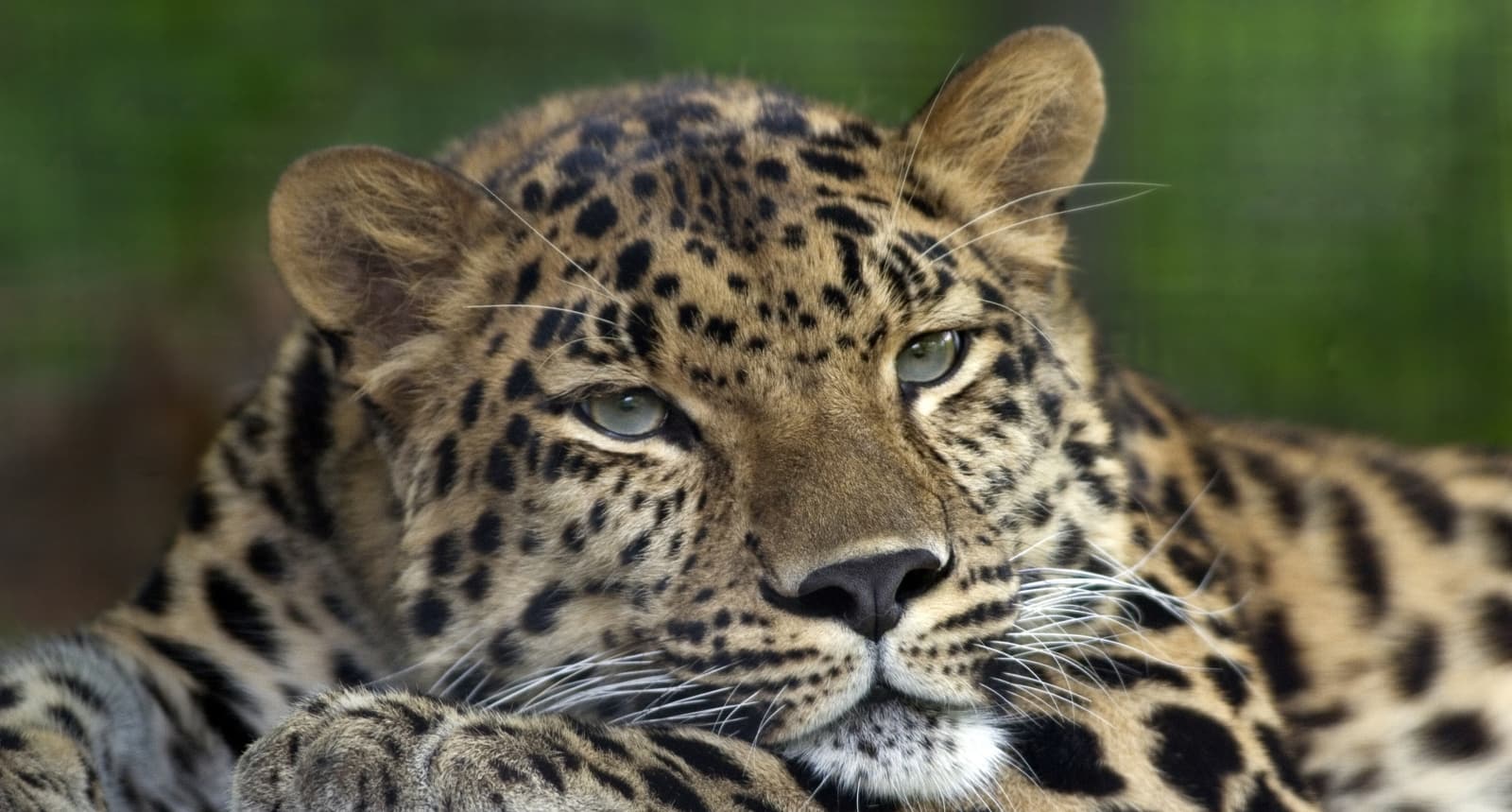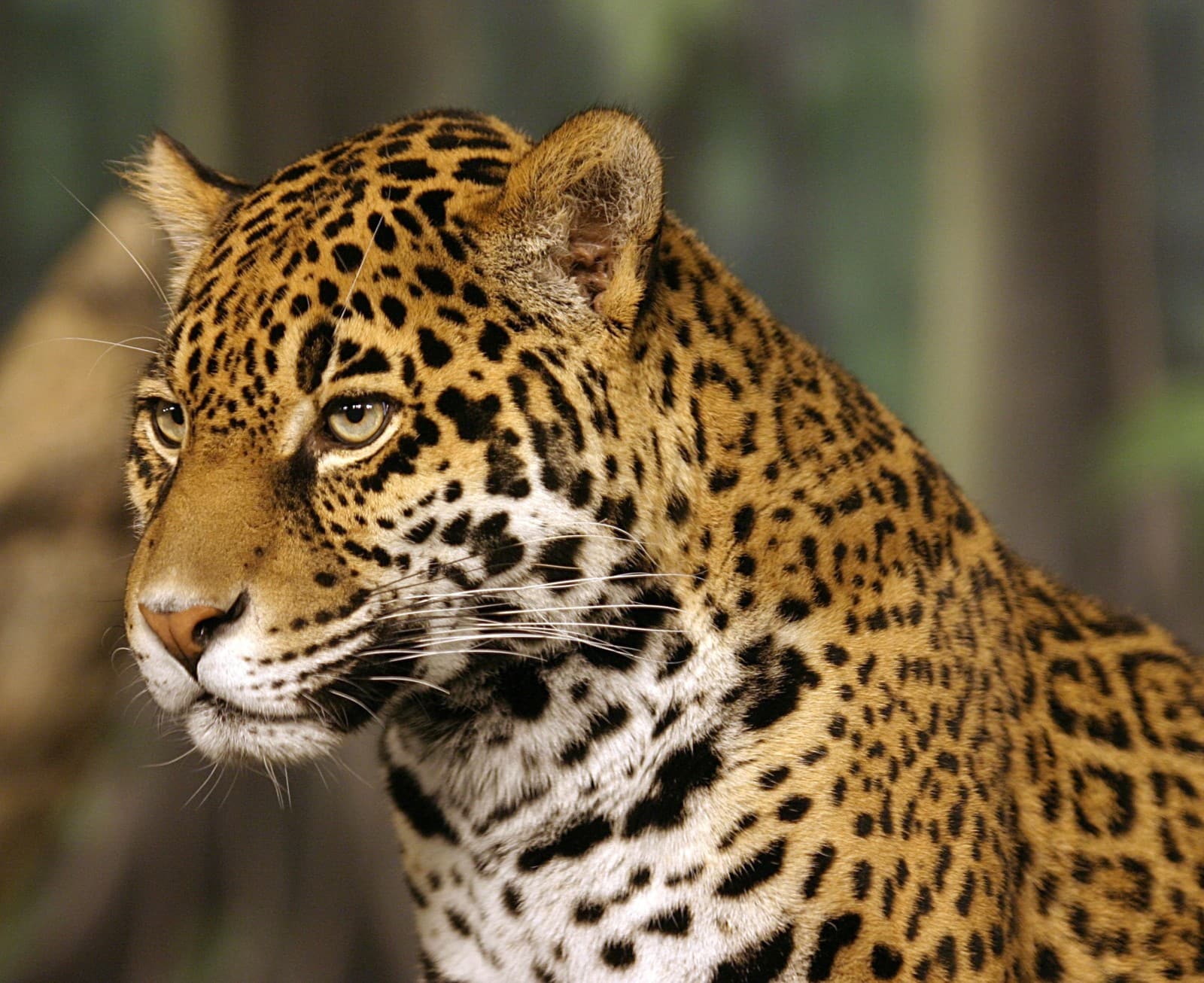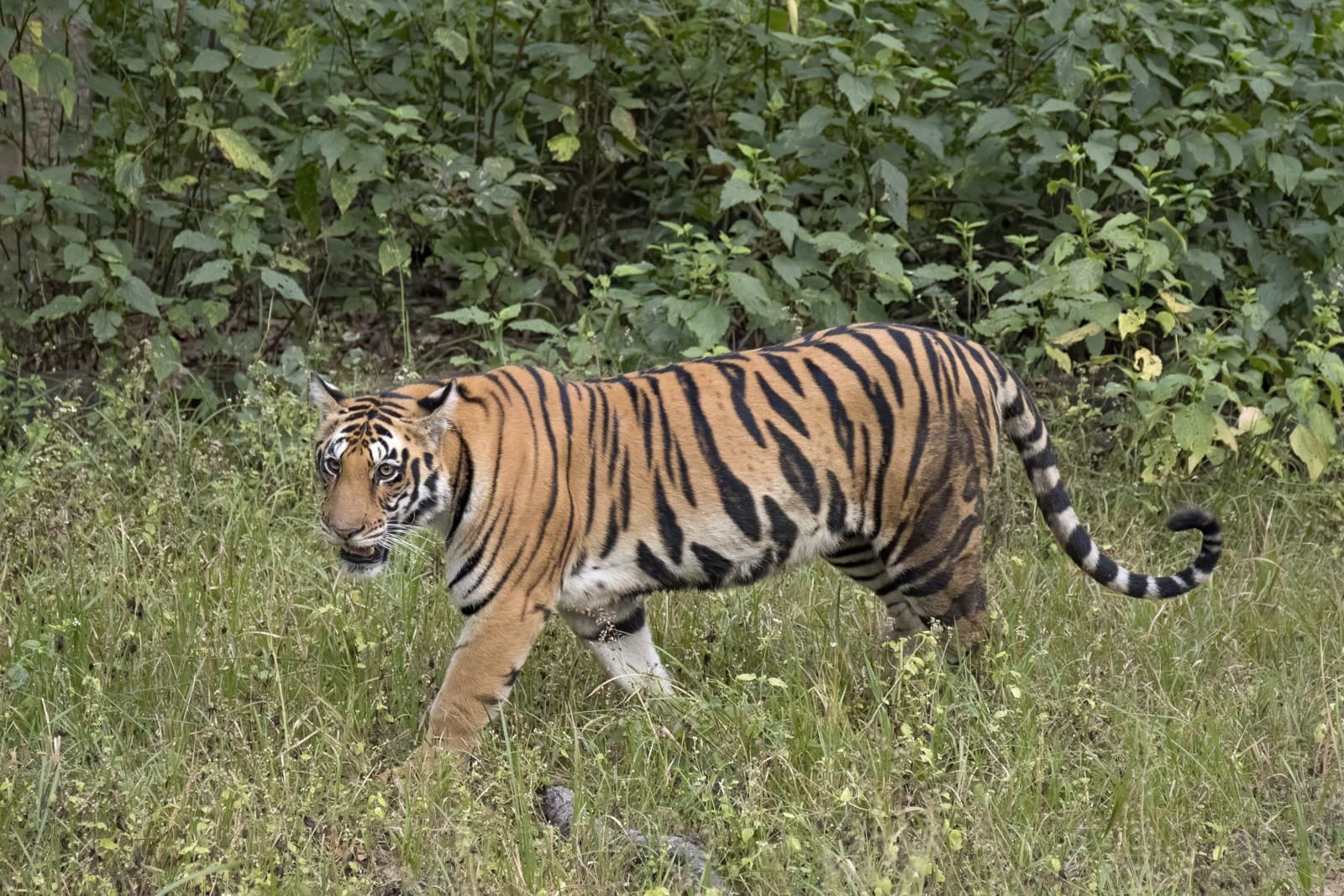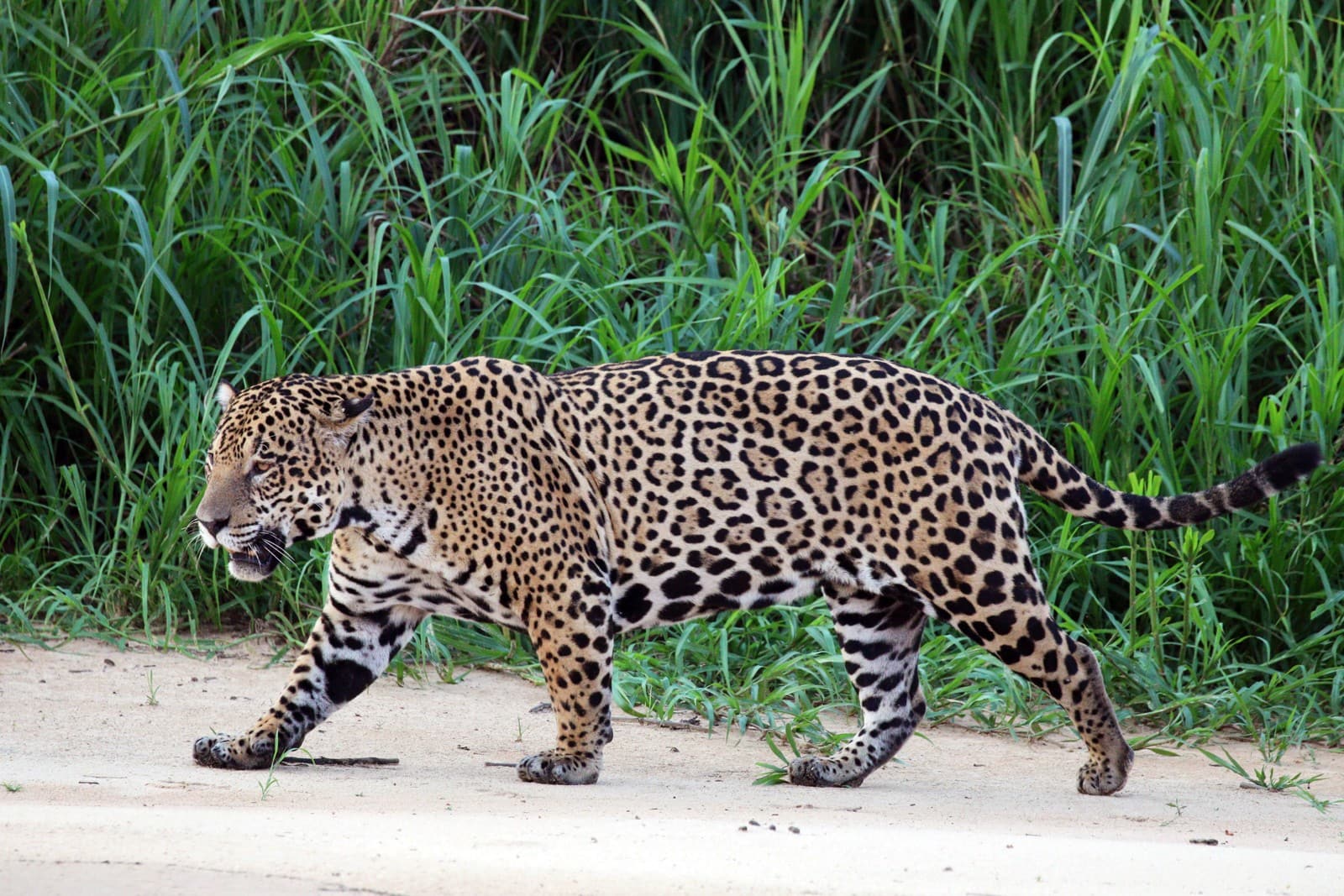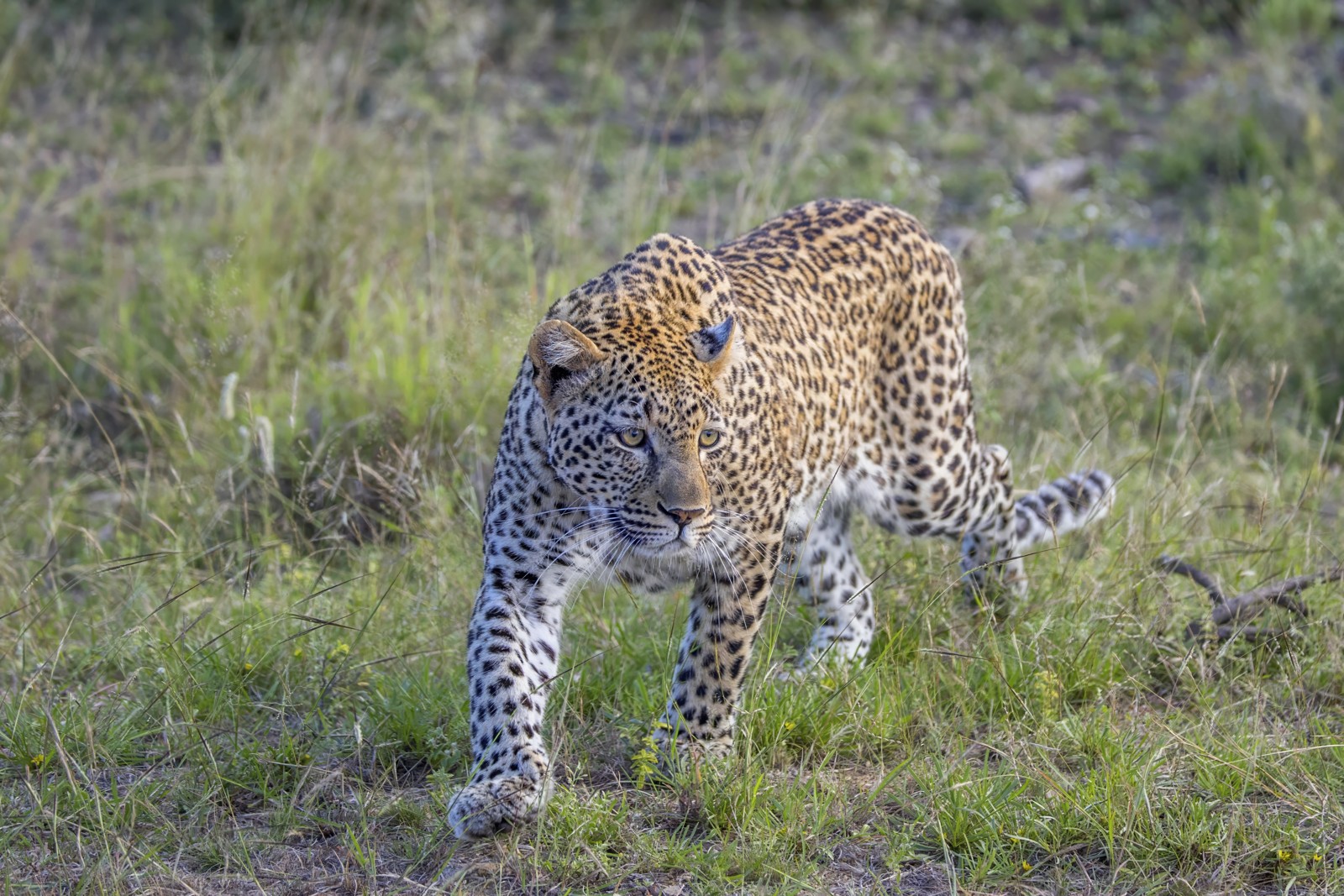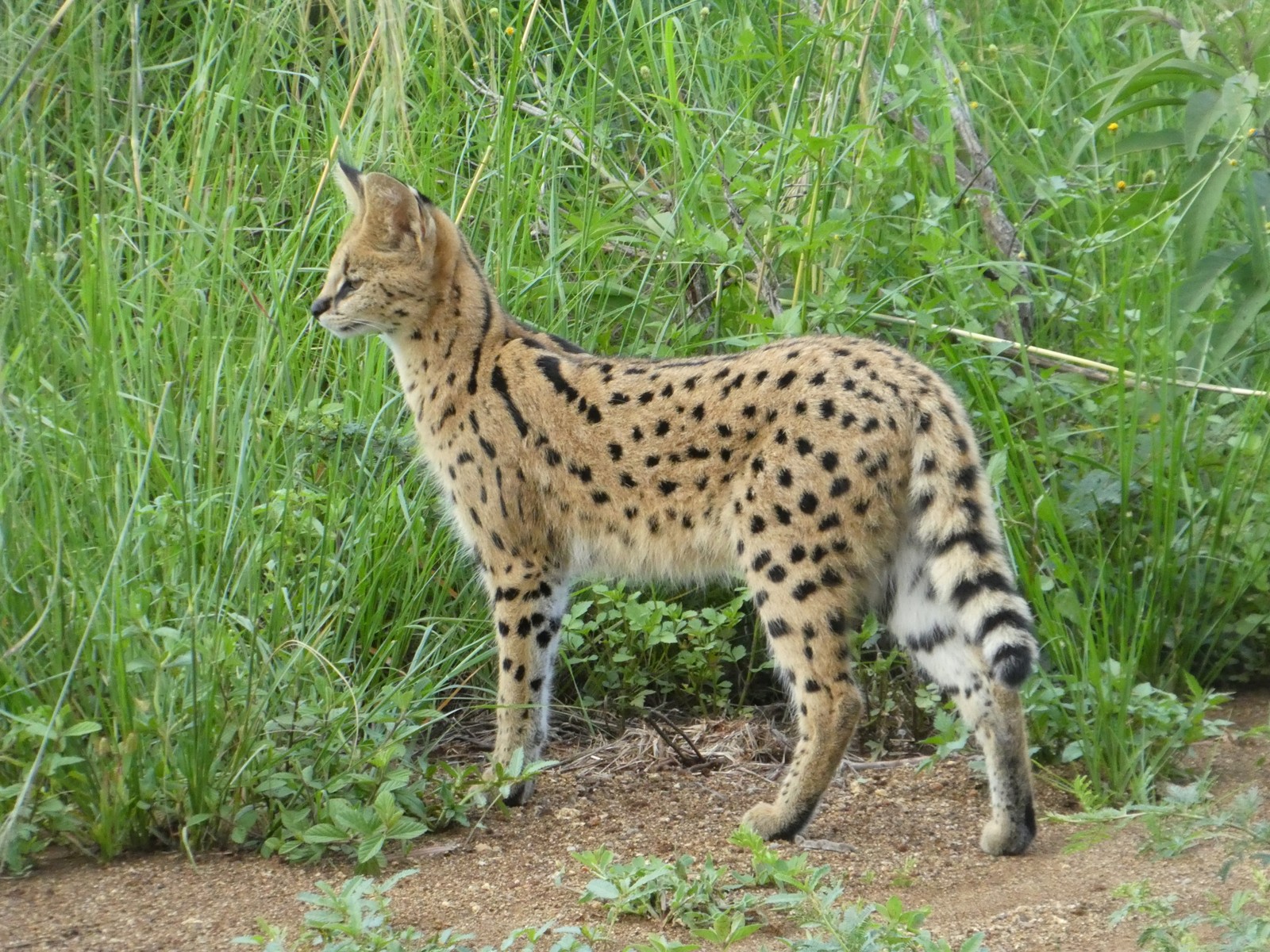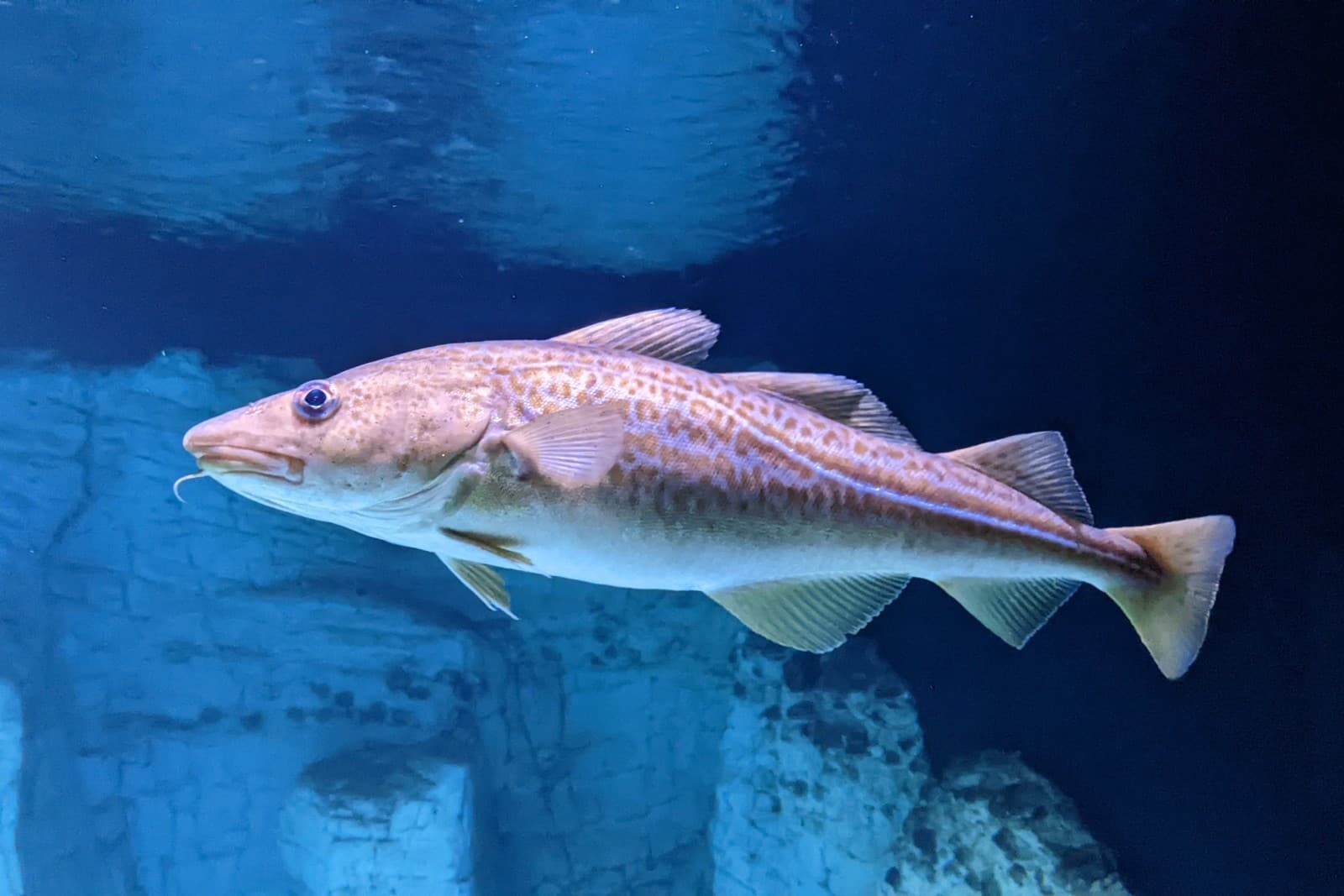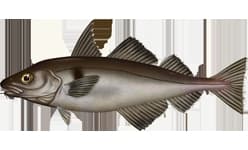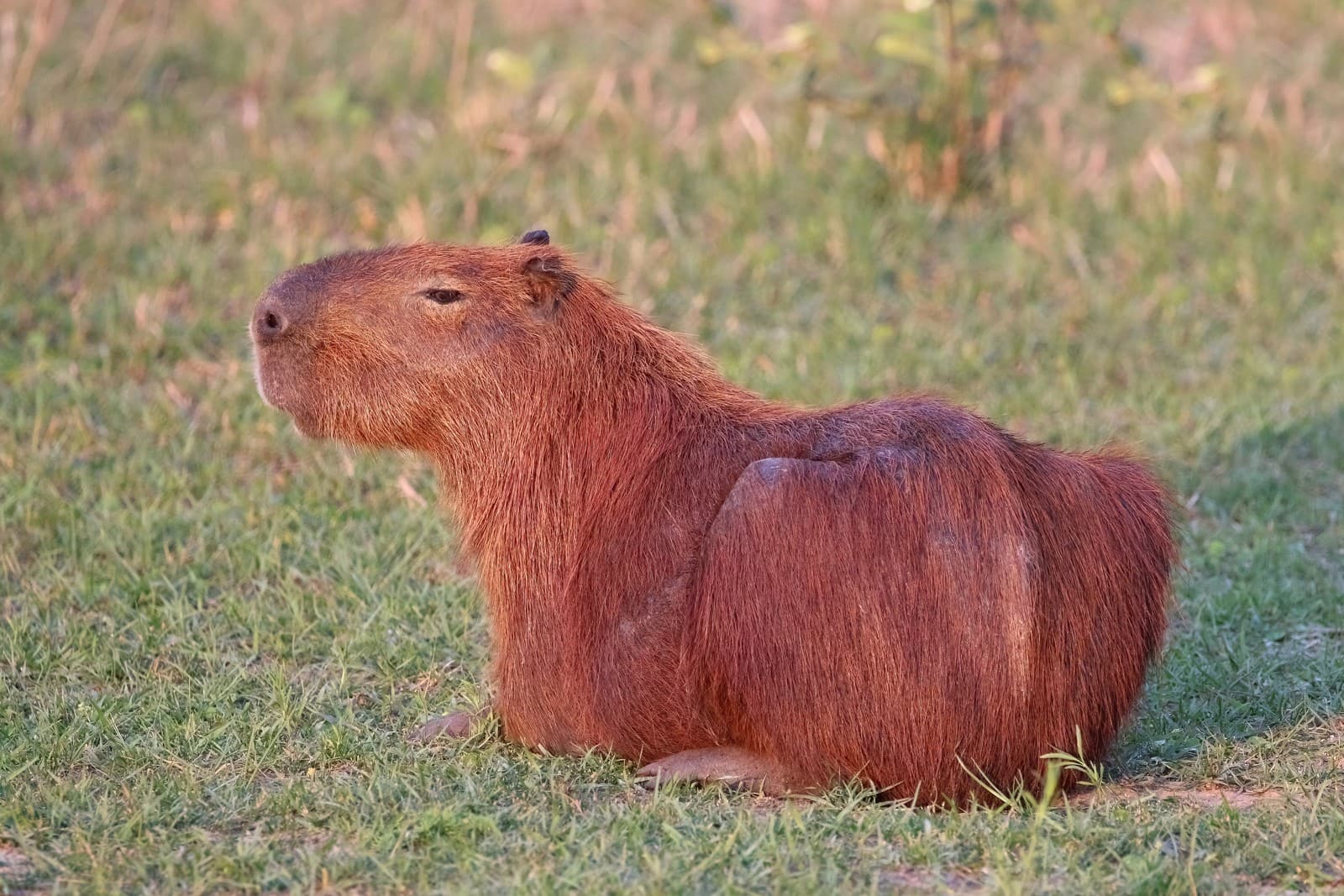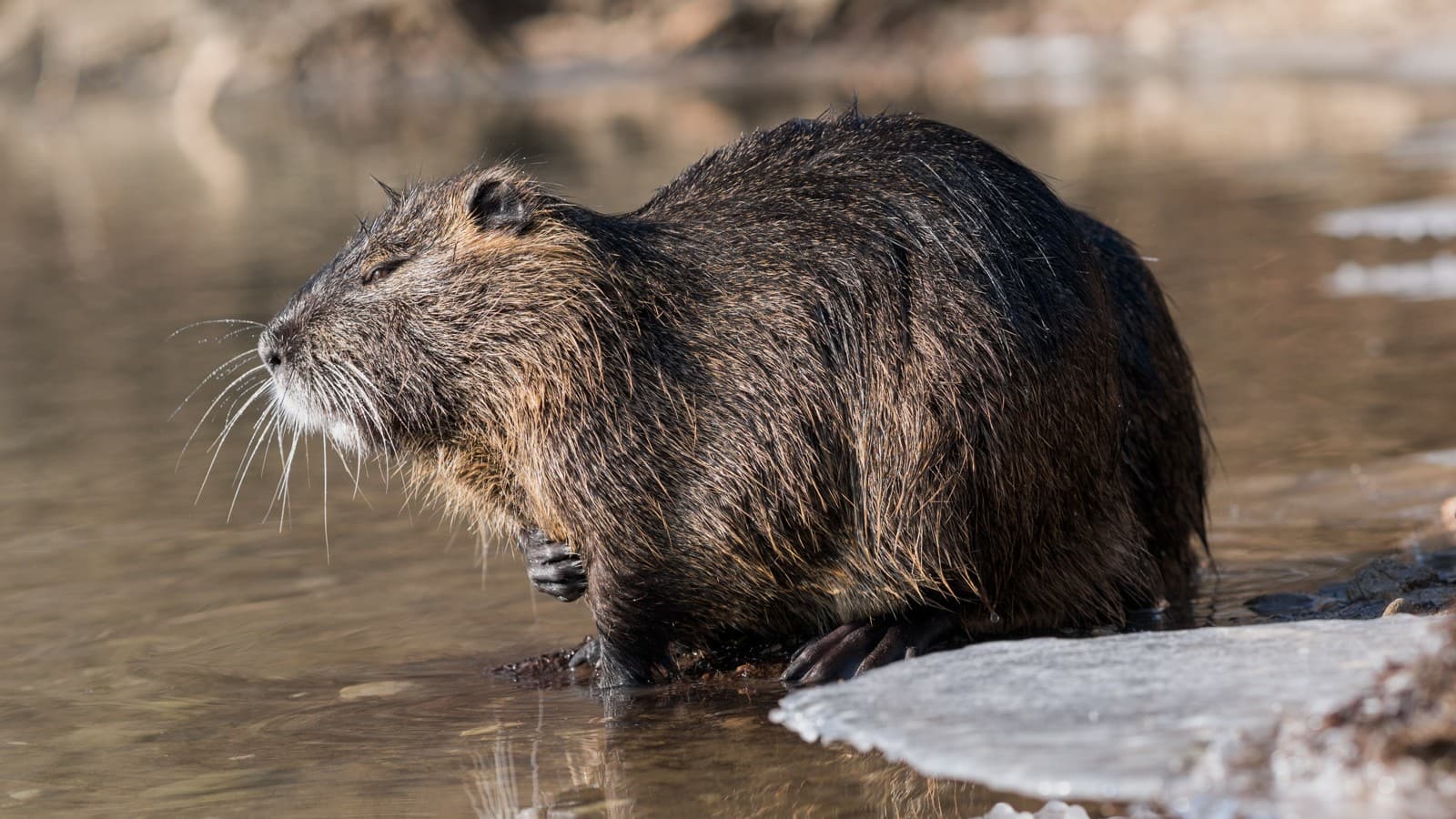Cougar vs Jaguar: A Complete Comparison
In the realm of American big cats, the Cougar vs Jaguar comparison reveals two distinctly different apex predators. While both are powerful hunters, the Jaguar typically weighs between 120-300 pounds (54-136 kg), making it substantially more robust than the Cougar, which averages 115-220 pounds (52-100 kg). These magnificent cats have evolved unique hunting strategies and physical characteristics that set them apart in their respective ecosystems.
The most striking difference between Cougars and Jaguars lies in their appearance and hunting techniques. Jaguars possess a spotted coat pattern with distinctive rosettes, while Cougars maintain a solid tawny coloration. This variation reflects their different hunting environments and strategies, with Jaguars being ambush predators in dense jungle environments and Cougars excelling at pursuit hunting in more open terrain.
Physical Comparison
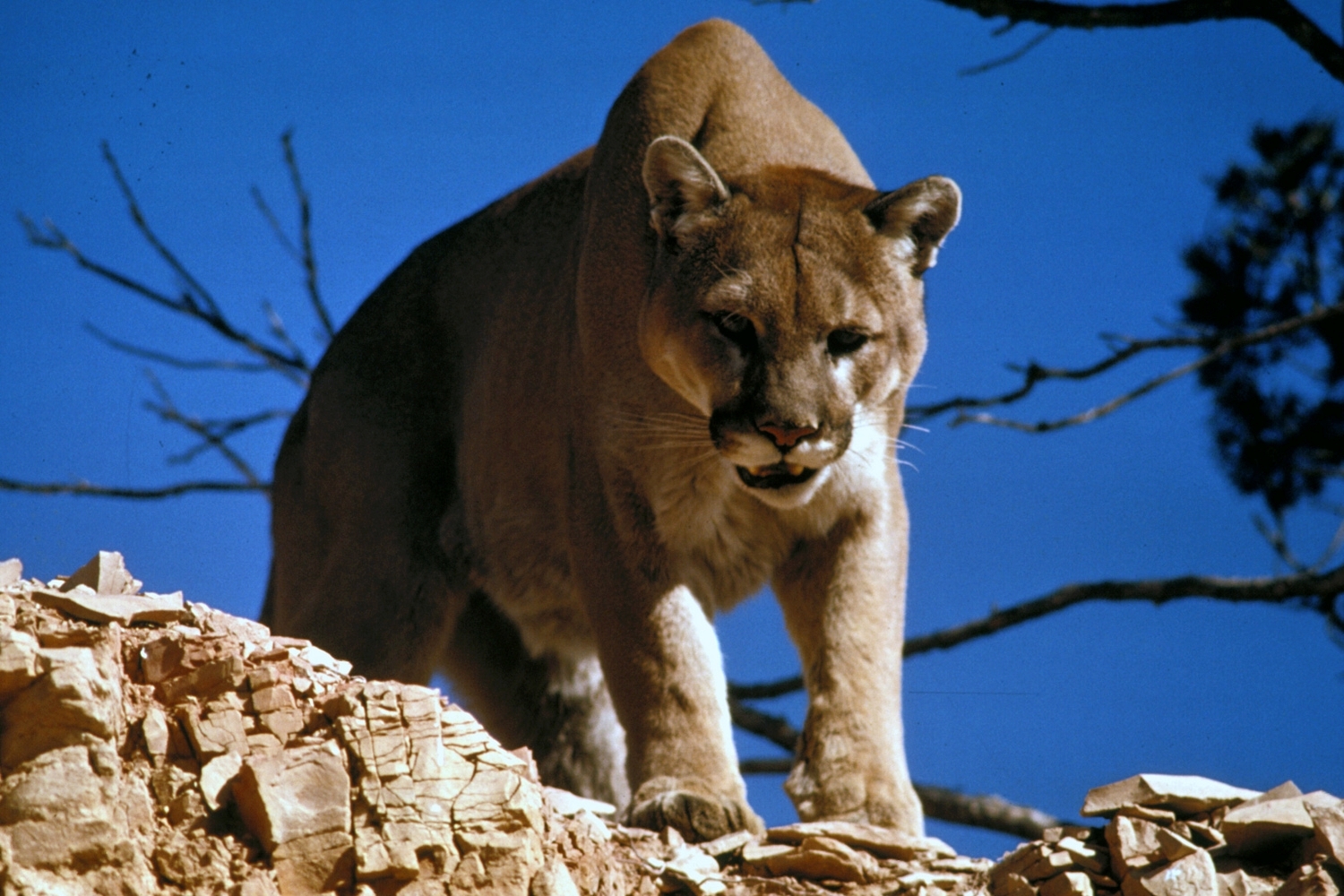
The Cougar, also known as the Mountain Lion, demonstrates its remarkable adaptation to diverse terrains, from rocky mountains to dense forests. Its uniform coloring provides excellent camouflage in various environments, while its powerful limbs enable impressive leaps of up to 40 feet (12 meters) horizontally.
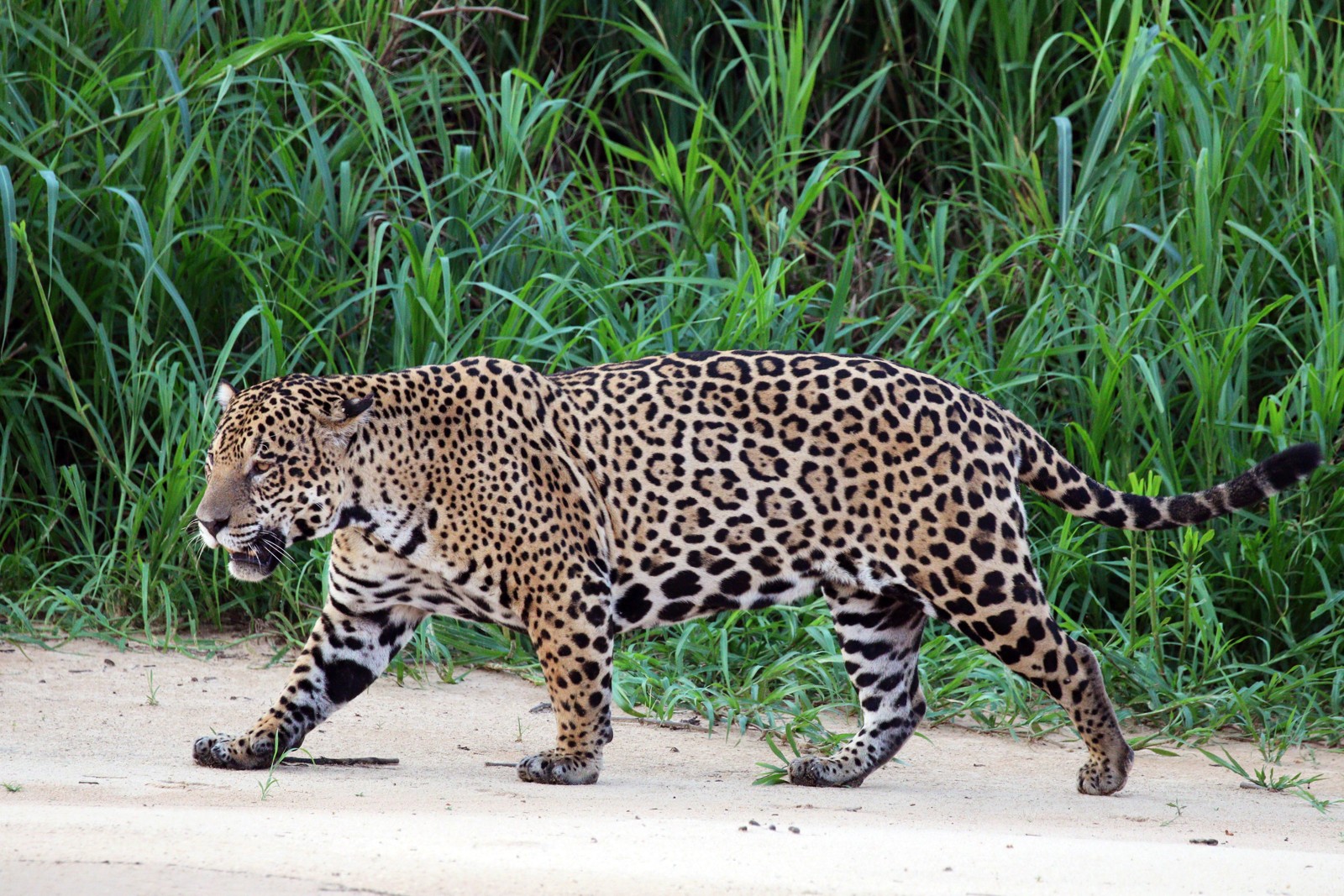
The Jaguar showcases its distinctive rosette-patterned coat, perfectly suited for stealth in dappled jungle light. Its stockier build and powerful jaw structure make it the strongest bite-force predator in the Americas, capable of crushing turtle shells and caiman skulls.
Key Differences: Cougar vs Jaguar
| Feature | Cougar | Jaguar |
|---|---|---|
| Size | 6-8 ft (1.8-2.4 m) total length | 5.6-7.9 ft (1.7-2.4 m) total length |
| Weight | 115-220 lbs (52-100 kg) | 120-300 lbs (54-136 kg) |
| Coat Pattern | Solid tawny/brown | Golden with black rosettes |
| Hunting Style | Pursuit predator | Ambush predator |
| Bite Force | 350 PSI | 2,000 PSI |
| Habitat Range | Alaska to Argentina | Mexico to Northern Argentina |
Hunting Behavior and Techniques
Cougars and Jaguars employ markedly different hunting strategies. Cougars are pursuit predators, relying on stealth and speed to chase down prey before delivering a killing bite to the neck. They can reach speeds of up to 50 mph (80 km/h) in short bursts.
Jaguars, conversely, are ambush specialists with the strongest bite of any big cat relative to size. They often kill prey with a unique skull-piercing bite, even through the hardest reptilian armor. This powerful bite force of approximately 2,000 PSI sets them apart from all other American cats.
Habitat and Distribution
While both species inhabit the Americas, their range and preferred environments differ significantly. Cougars demonstrate remarkable adaptability, thriving from Canadian forests to Patagonian steppes. They can be found in mountains, deserts, and forests, showing exceptional versatility in habitat selection.
Jaguars prefer tropical and subtropical environments, primarily inhabiting the Amazon basin and surrounding regions. Their range extends from Mexico through Central America and into South America, though historically they roamed as far north as the southern United States.
Conservation Status and Threats
Both species face significant conservation challenges:
- Cougars: Listed as Least Concern but face habitat fragmentation
- Jaguars: Near Threatened due to:
- Deforestation
- Human conflict
- Habitat loss
- Poaching
Interaction with Humans
While both species generally avoid human contact, their interactions with humans differ:
- Cougars occasionally venture into suburban areas, particularly in western North America
- Jaguars rarely encounter humans due to their preference for dense, remote habitats
- Both species face persecution from ranchers protecting livestock
- Neither typically views humans as prey, though both require respect and distance
Who Would Win in a Fight?
While such encounters are extremely rare in nature due to separate habitats, a Jaguar would likely dominate in a direct confrontation due to:
- Greater body mass and strength
- Significantly stronger bite force
- More robust skull and neck muscles
- Superior killing technique
However, such theoretical matchups overlook the importance of both species as keystone predators in their respective ecosystems, where they play crucial roles in maintaining ecological balance rather than competing with each other.
